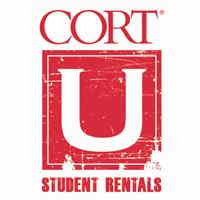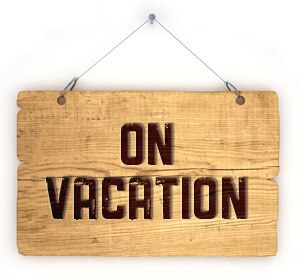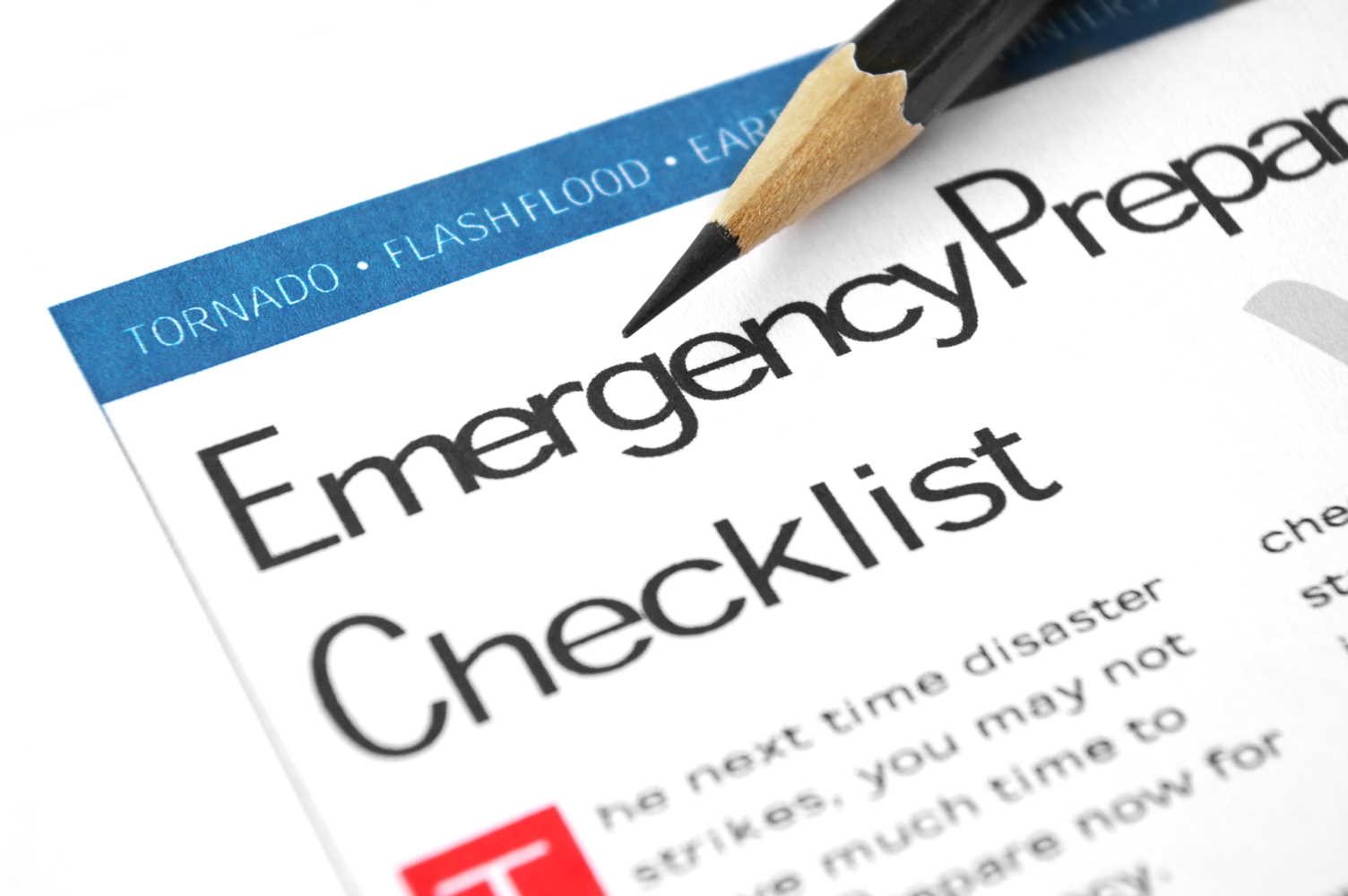Choose the Best Movers
It doesn’t matter if you’re moving for the first time or hopefully the last; if you don’t plan accordingly, relocation can be a logistical nightmare. Finding great movers is the daunting yet incredibly vital first step of any successful move. If you can’t complete the move yourself with friends and family, or avoid the entire process all together with the convenience of rental furniture and relocation services, it’s time to start looking for a reputable company that can get the job done right. Here’s the Apartment Search.com guide to finding the best movers for you.
Plan Ahead & Ask For Recommendations
Planning a successful move takes time. Finding reputable movers takes even longer. The moving process can be overwhelming and fairly costly, but the more time you have to plan, the more manageable your move will be.
To begin your moving company search, get recommendations from friends and family members. It’s important to step away from the computer every now and then to get insight from real people. You can even get recommendations from local real estate professionals by asking who they recommend for their customers. For intrastate (local or in-state) moves, the yellow pages of your city phonebook may still be your best bet for finding quality movers that your neighbors or coworkers can recommend and vouch for. Lastly, make sure you don’t use a household-goods brokerage service to find movers for you; the laws that movers have to follow don’t apply to household-goods brokers, so they may seek to scam you.
Research & Screen Moving Companies
Once you’ve compiled a list of movers from your recommendations, it’s time to do your first round of screening. Avoid information solely from the moving company’s own website, instead, use third party sources to do more comprehensive research. For example, membership in the American Moving and Storage Association (AMSA) is a big plus for your potential movers because members of this association have agreed to abide by the organization’s published tariffs, in addition to participating in its arbitration program. However, membership is voluntary, so don’t rule out moving companies that aren’t in the AMSA.
You can use great sites like Moving Scam or Moving Company Reviews for a list of endorsed moving companies, a list of moving companies to avoid, and a wealth of customer reviews, ratings, and message board comments. Don’t feel like you have to rule our reviews from these sites are they provides valuable customer insight that you can factor into your evaluation, if only slightly.
Get Multiple Quotes & In-Home Estimates
Now you should be able to narrow down your list of potential movers to three or four company’s you wish to get estimates from. When estimators come to your home, make sure to show them everything you want moved; an underestimation of items can result in an unexpected surcharge on moving day. While no one can force you to pay the higher amount, a mover “challenging” an original estimate is no longer obligated to work for you if you don’t comply.
Ask for the moving company’s USDOT (U.S. Department of Transportation) and MC (motor carrier) license numbers when the estimator is in your home and make sure they give you a copy of The U.S. Department of Transportation booklet called “Your Rights and Responsibilities When You Move.” Interstate (across-state) movers are required by federal law to provide this official moving ‘rule book’ for any interstate move. Intrastate movers aren’t required to provide any moving literature during the estimation process; however, several states publish their own moving guidelines that you’ll want to read by moving day.
Review In-Home Estimates & Compare Bids
When reviewing estimates for interstate moves, make sure they’re labeled as “written binding documents”. The cost of an interstate move is based on the weight of the items you’re moving and the distance your movers will travel; because these factors are not subject to change, the cost of an interstate move is virtually set in stone and therefore considered a binding agreement. For an intrastate move where you can’t get a binding estimate, at least not in every state, you should still get a written estimate that proposes the hourly rates and additional costs you movers may incur like tolls. If you’re not sure about any details in your estimate, call and ask for clarification; if anything in your estimate changes, always ask for a revised copy.
When comparing your estimates, take note of any particularly low or high bids. Especially low or high bids often derive from estimator error but they should also make you question the reputability of the company in question. If you get several reasonable-sounding bids, don’t be afraid to negotiate for the best rate possible; many movers will work with your on pricing to beat the competition.
Investigate Your Options Thoroughly
Now you can take all of the information you’ve accumulated and get back online. Confirm any company information your estimator gave you and make sure you moving company has the license and insurance it needs to legally move your items. Use the Federal Motor Carrier Safety Administration (FMCSA) database, SaferSys, and enter the company’s USDOT number or MC license number you got from the estimator before. You should be able find the company’s safety ratings and inspection information along with operation information to see if it matches what you’ve already found, in addition to several other aspects that can help you understand the company’s history and services. Make a quick check with the Better Business Bureau and ask for the number of complaints that have been filed against the company your investigating. Because the bureau is a dues paying organization, don’t be discouraged or too suspicious if one of your top choices isn’t a member. For one final check, contact the FMCSA’s Safety Violation and Consumer Complaints hotline at 1-888-368-7238 FREE and ask about any complaints that may have been filed against the moving company in question.
Choose Your Movers & Carry Out Your Move As Planned
By this time, you should feel confident in your ability to choose the right mover for you. Confirm every date and detail of your move, and make sure you receive a signed order for service and a bill of lading, this document details the shipment of your items while requiring you movers to release your merchandise back to you at your destination.
On moving day, have your final estimate on hand in addition to a written copy of the mover’s inventory list. Give your movers specific directions to your new home or detail a particular route you’d like them to follow. Make sure you establish communication with your movers before the move actually takes place by exchanging phone numbers and doing a test phone call. If anyone other than the moving company you hired shows up, dismiss them immediately. If anything doesn’t coincide with the protocol you and your movers established before moving day, take your time to understand the situation and be confident in your decision, the movers can wait.
Bonus: Avoid The Move All Together
Moving to a new city, a new state, or even just a new apartment down the street can be incredibly challenging. At times, it may seem virtually impossible to plan a successful move, but affordable rental furniture options paired with relocation and destination services from CORT Furniture Rental can help you avoid the move all together. Before apartment hunting in your new city, talk to a CORT Destination Services Consultant and set up a comprehensive relocation plan. Taking your preferences into consideration, your consultant will target housing options you’ll love while finding rental pieces from CORT to furnish your new space, even before you move in! CORT even offers student and military furniture rental packages for those who are subject to frequent moves. For more information on furniture rental or relocation services, visit a CORT online or in-store today, and find out how you can alleviate the stress of a big move.
Additional Resources
15 Tips for Apartment Hurricane Preparedness
4 Apartment Mold Symptoms That Should Worry You
Apartment Fire Safety 101: What to Do Before & After
Apartment Parking Safety & Etiquette Tips

Apartment Rental Application Process
Apartment Safety and Security

A Beginner’s Guide to Exploring New York City
A Beginner’s Guide to Oklahoma City, OK
A Beginner’s Guide To Philadelphia, PA
A Beginner’s Guide To Phoenix, AZ
A Beginner’s Guide to Pittsburgh, PA
Advice for Moving to Sacramento, California
Apartment Staging Tips

Student Furniture Rental

The Benefits of CORT Furniture Rental for Military Members

What Is the CORT Personal Service Guarantee?


























